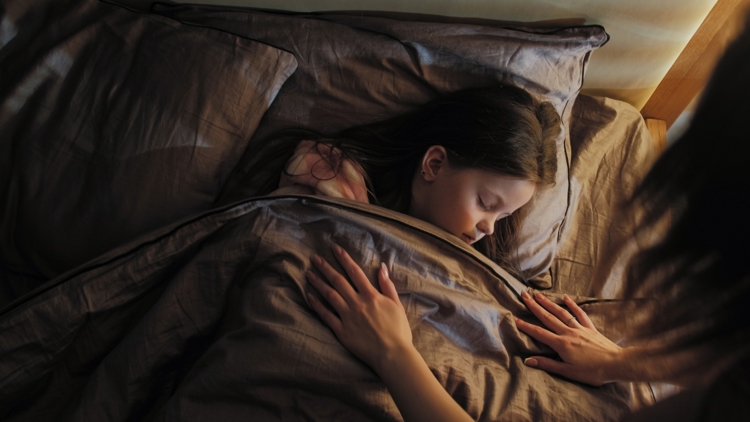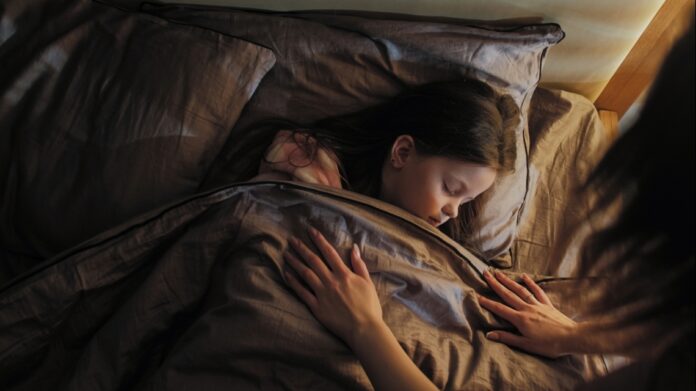
Our VERIFY Team breaks down how different colors and placement can have an effect
CHARLOTTE, N.C. — There are all kinds of reasons a child may have trouble falling or staying asleep, but one factor that could be contributing is their nightlight. The little source of light can be pretty disruptive to the sleeping process.
So, what is the right type of light for your child? Let’s verify.
OUR SOURCES:
THE QUESTION:
Can a nightlight impact your child’s sleep?
THE ANSWER:
Yes, certain nightlights can impact your child’s sleep.
WHAT WE FOUND:
Nightlights can disrupt the body’s natural production of melatonin, a hormone that helps regulate sleep, according to the Cleveland Clinic.
But with the right color and placement, they say a nightlight doesn’t have to be a sleep stealer.
Both doctors mention that it’s a personal preference and can depend on the child.
“Maybe they just need a nightlight for them to know that it’s bedtime, and maybe read a little bedtime story, get ready for bed, and then after they’ve fallen asleep, it’d be great if the nightlight turns off and it is dark,” Chen said.
The type of light used is key. Research from the Cleveland Clinic suggests red-colored nightlights are the least disruptive, as they don’t interfere with melatonin production. However, red lights might be unsettling for some young children.
Robinson recommends amber or orange-colored nightlights as a less frightening but still sleep-friendly option.
Where you place the nightlight also matters. Chen advised keeping the light low to the ground and avoiding placements that illuminate the ceiling or fill the entire room.
For some children, a dimming nightlight that eventually turns off might be ideal.
If your child continues to struggle with sleep despite trying these adjustments, Robinson recommends talking to your pediatrician.
Contact Meghan Bragg at mbragg@wcnc.com and follow her on Facebook, X and Instagram.



